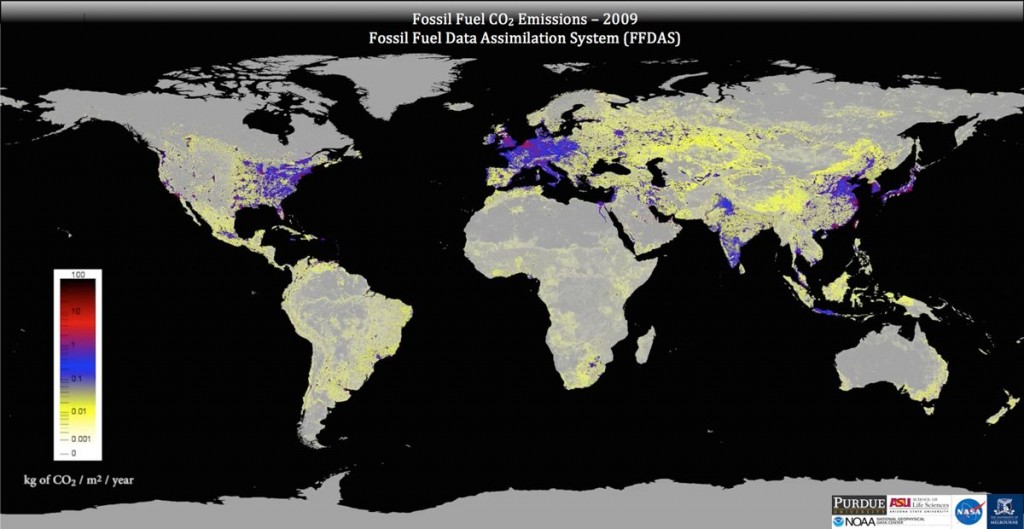Tina Casagrand, reporting for National Geographic News:
Kansas City plans to treat the roots of about 12,000 trees on city property, spending about $80 a tree for protection that lasts up to three years. Once taken up by the roots, the insecticide travels up the trunk under the bark—which is exactly where the beetle larvae do their damage, feeding on the wood and boring tunnels that interrupt the flow of water and nutrients through the tree.
Since the insecticide has to be reapplied every few years, it may not be economical as a permanent solution. But by preventing all the ash trees from dying at once, it would at least buy the city some time to replace its canopy and give its local partners time to create markets for beetle-killed ash products.
At a total cost of nearly $100 million for the city, even a one-time application of insecticide is a costly investment. “You have to look at the environmental, economic, and political benefits of a live tree,” Lapointe says. Tree-value calculators show that trees save millions of gallons of water from entering cities’ storm-water systems.
Years ago, the situation looked far more grim. Treatments cost hundreds of dollars per tree, which meant that cities didn’t even think about treating the trees.
If there’s any good to come of this latest epidemic, it’s this:
In the void left by the vanished ashes, cities nationwide are planting more diverse species than ever before. Fort Wayne, for instance, has instituted a “Shading Our City” management plan that doesn’t allow more than 10 percent of any tree species to be planted in one area. Tinkel wants his city’s forest to be able to cope with future pests, blights, and climate change.
